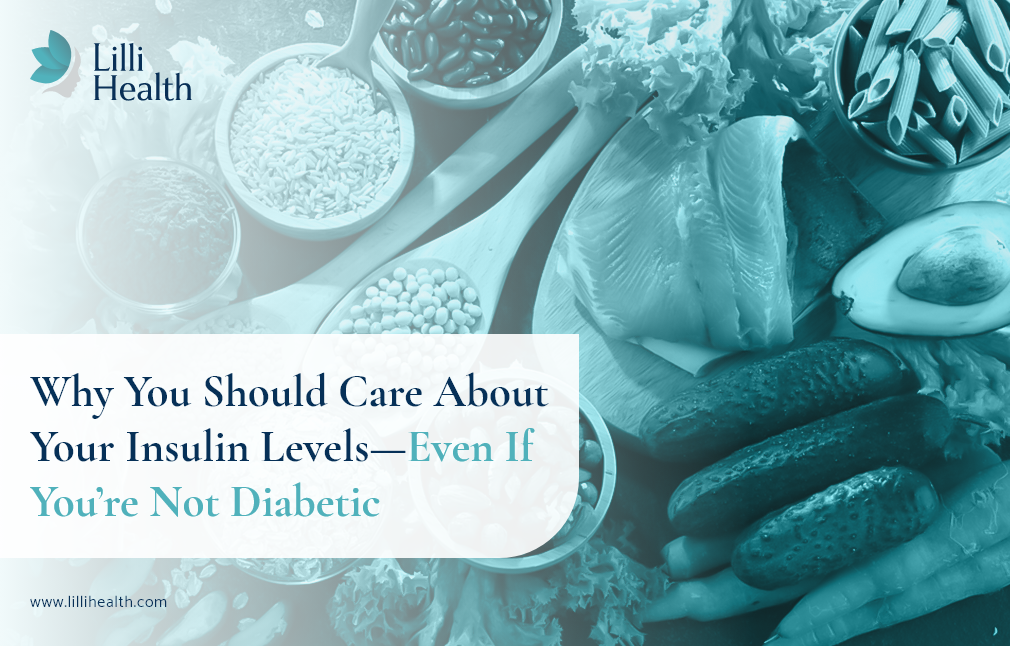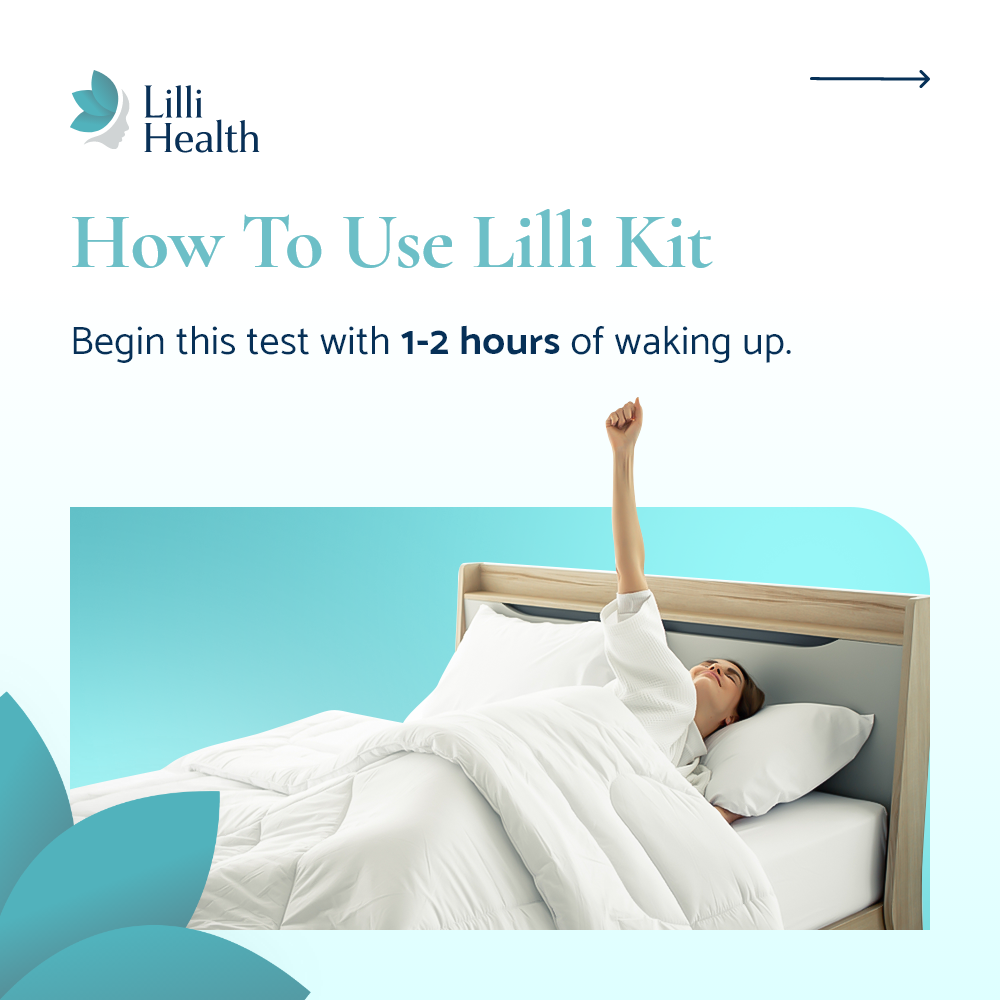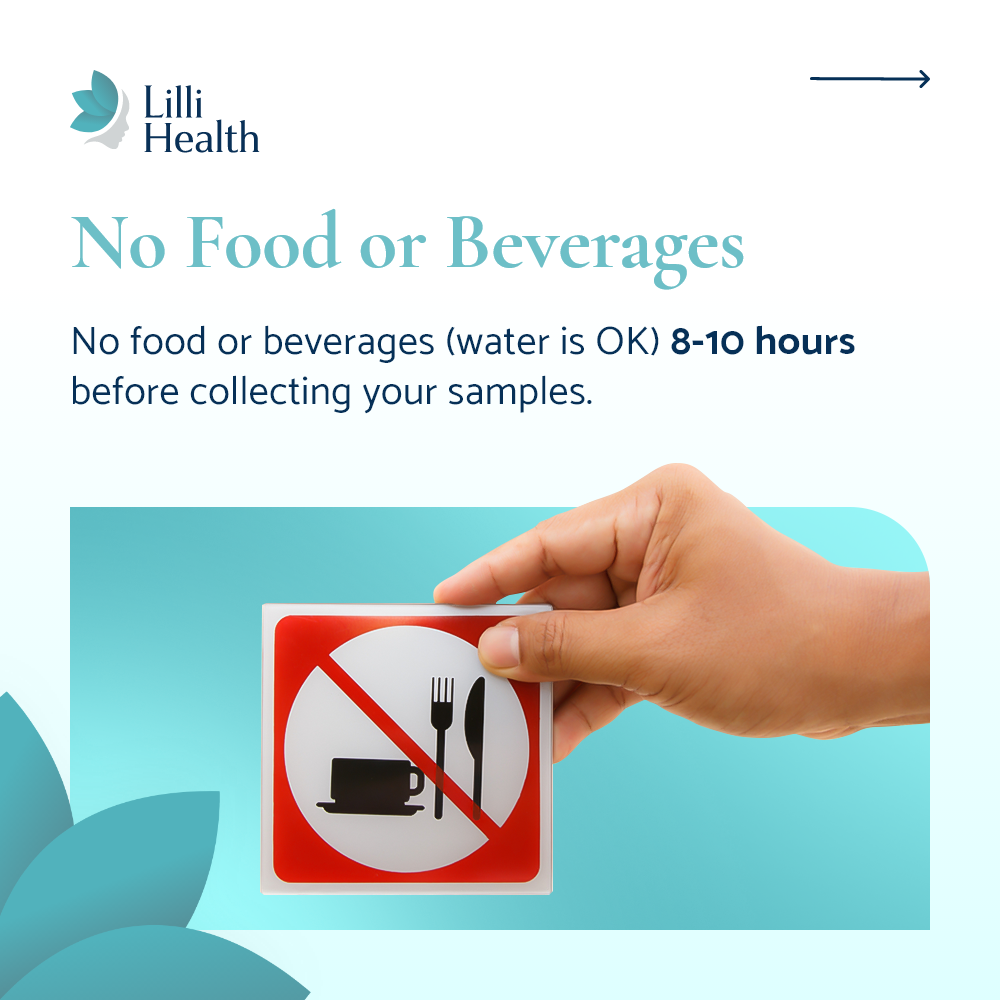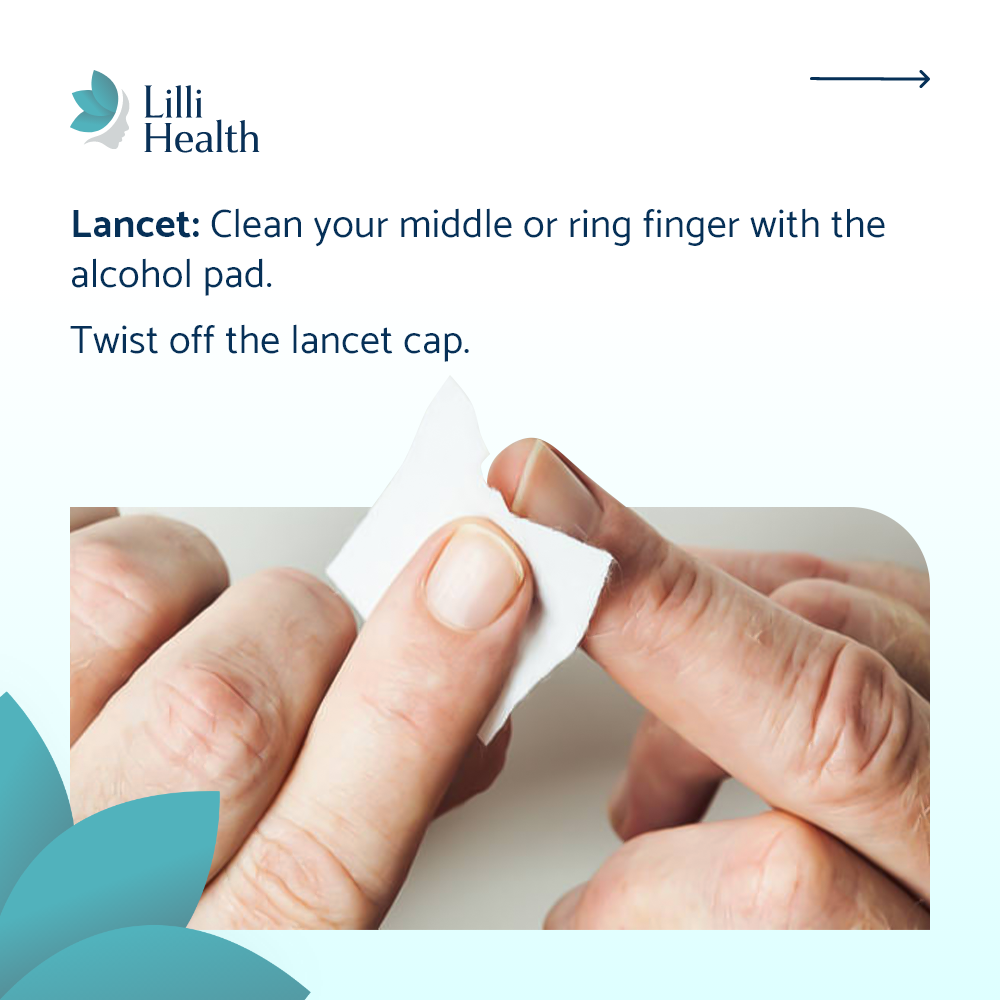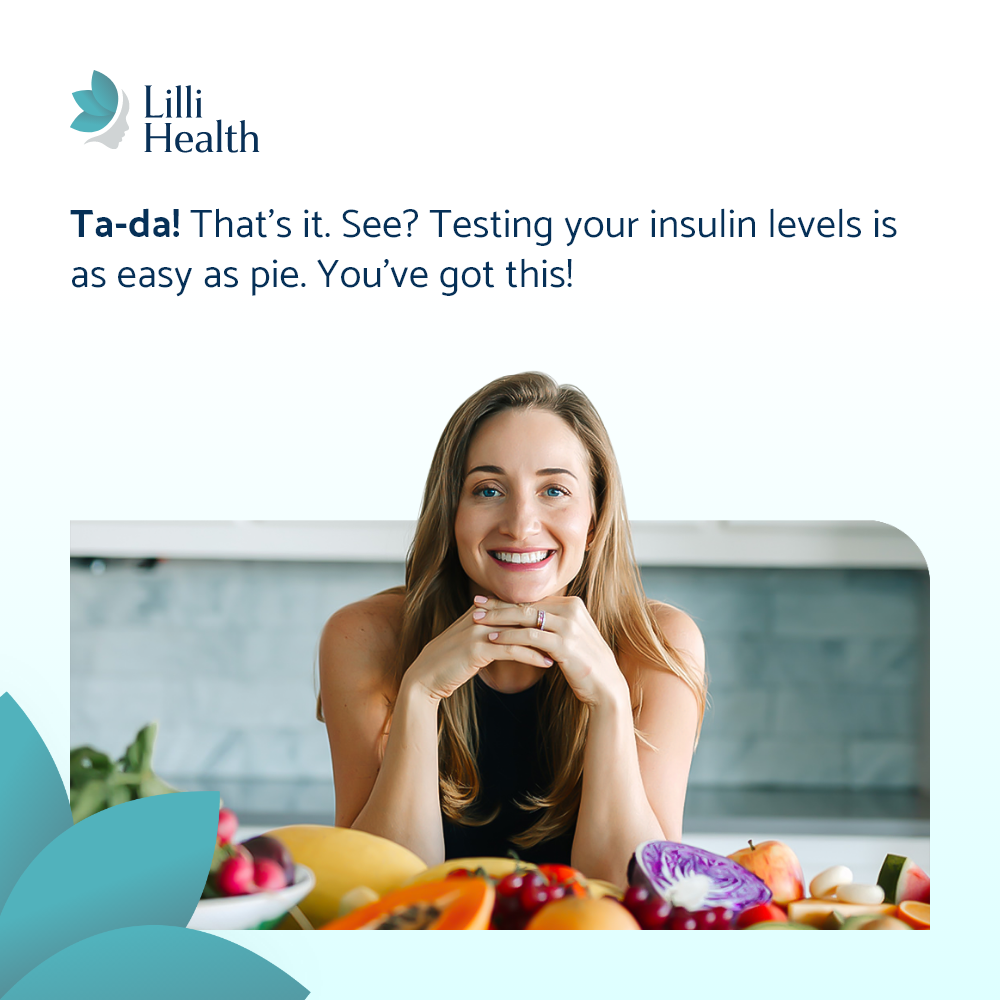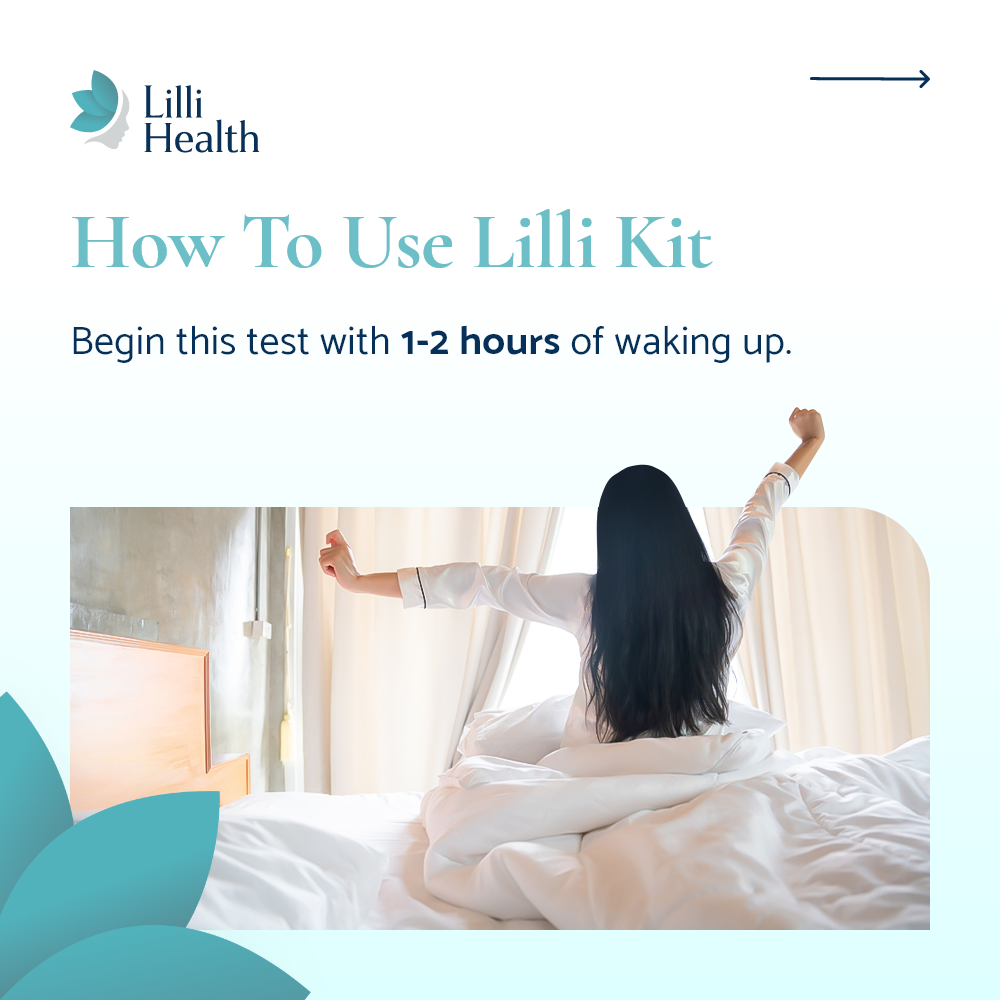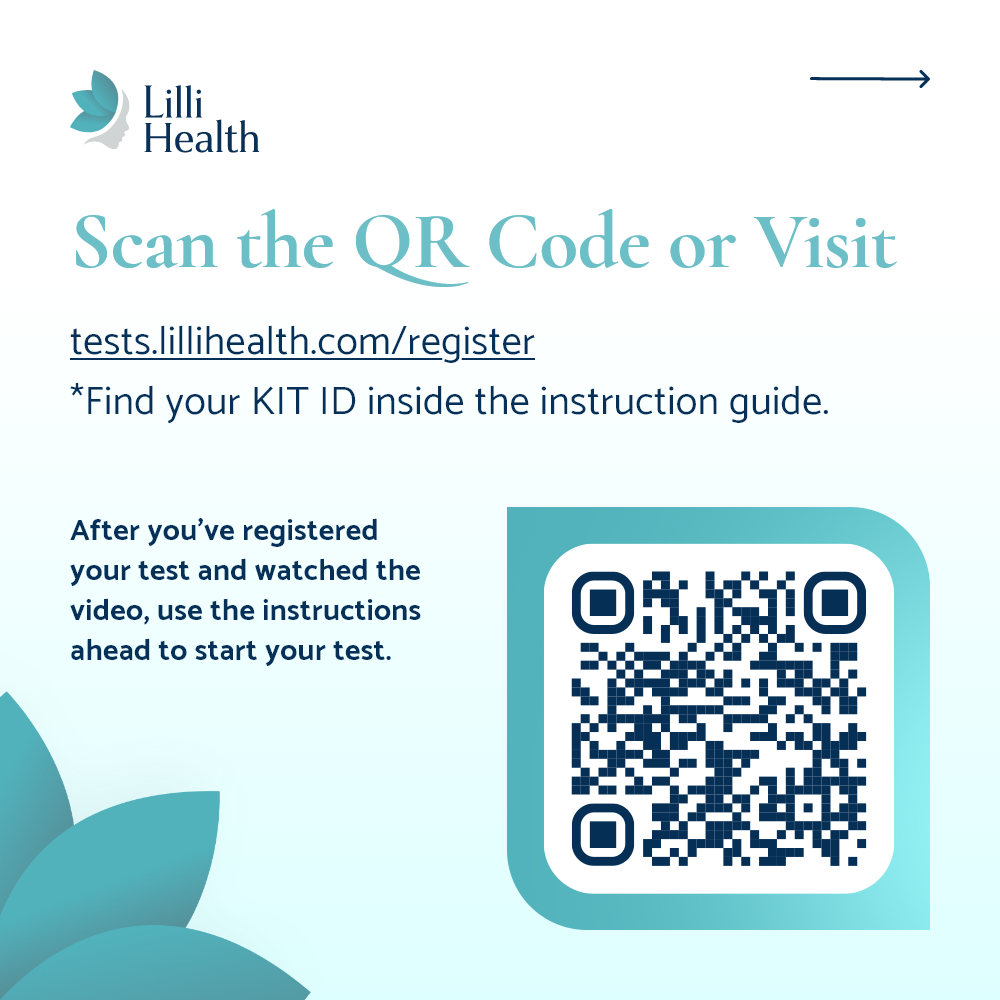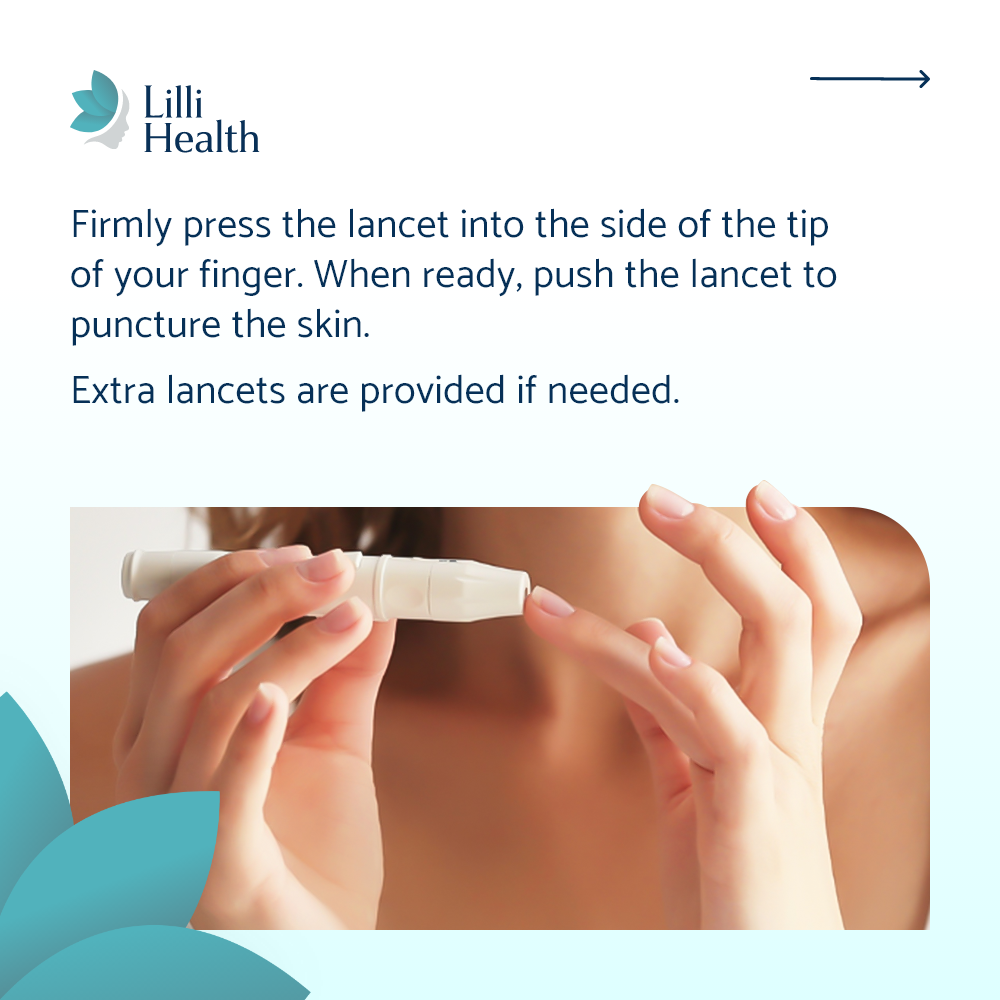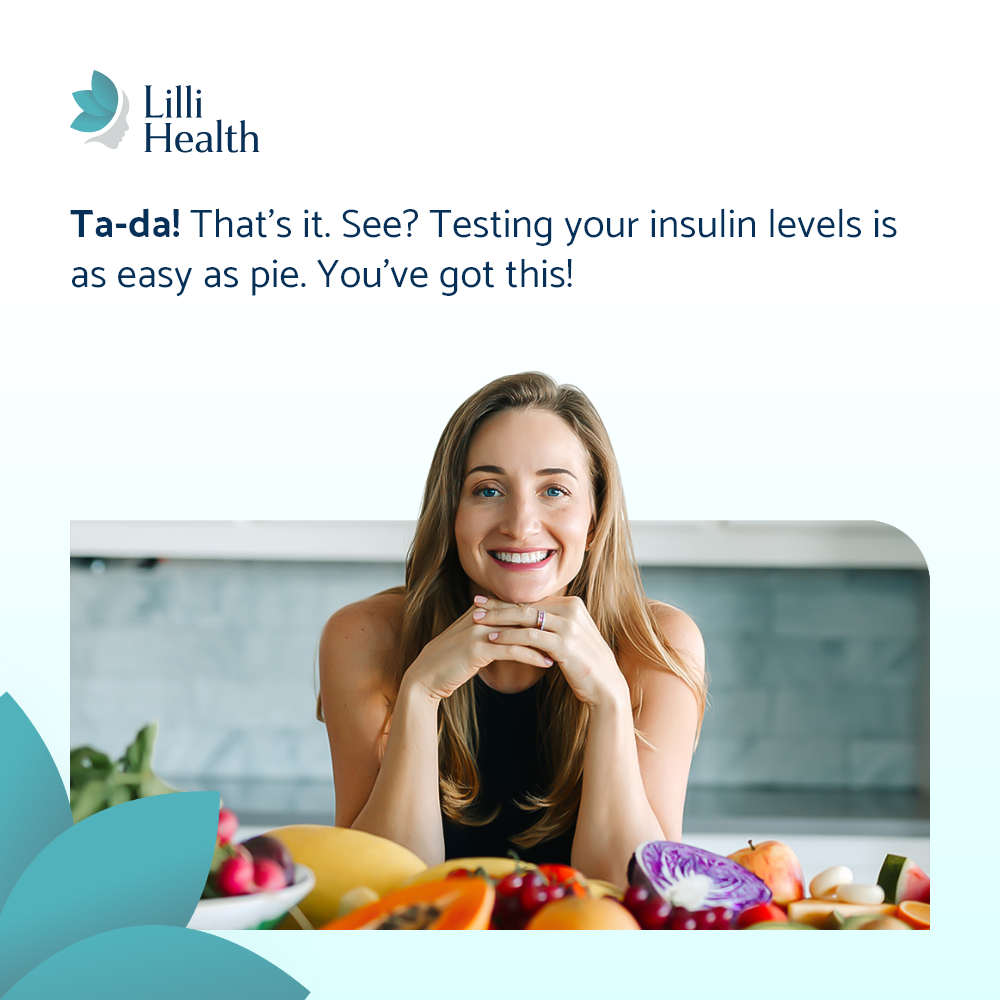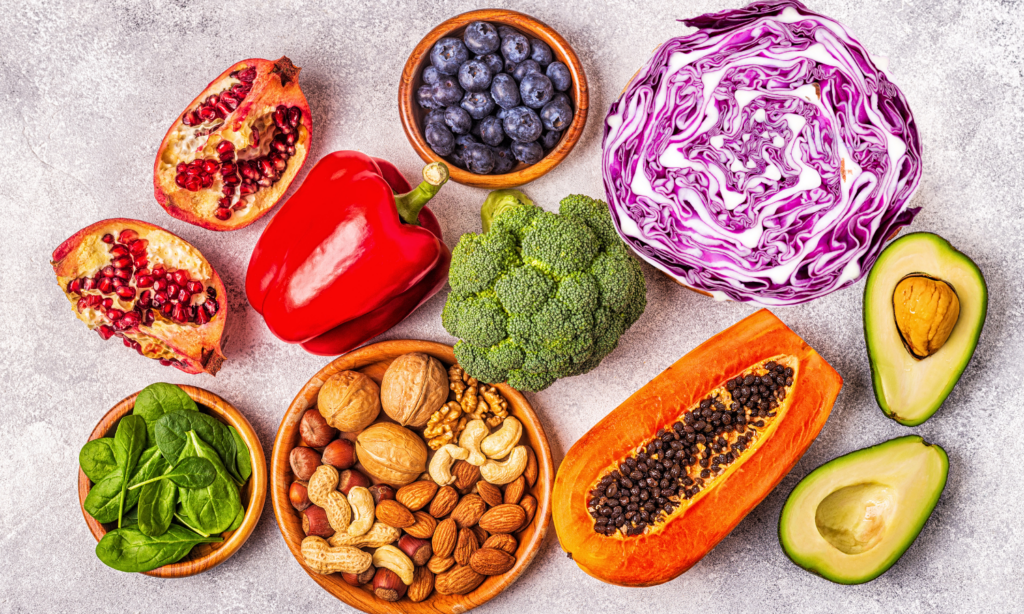

Prioritizing Fiber-Rich Foods
Increasing your fiber intake is vital important for maintaining good digestive health, preventing constipation, and reducing your risk of chronic diseases such as heart disease and type 2 diabetes. Unfortunately, some people aren’t getting enough. Since fiber is usually found in carbohydrate-containing foods, many people who follow a low carbohydrate diet don’t get enough fiber. So just for a reminder, here a few reasons why you should make it a goal to eat more fiber-rich foods, including fruits, non-starchy vegetables, and nuts and seeds.
- Improved digestion: Fiber helps keep your digestive system moving, reducing the risk of constipation and other digestive problems.
- Weight management: High-fiber foods tend to be more filling, which can help you eat less and manage your weight more easily.
- Lowered risk of heart disease: A diet high in fiber has been shown to lower cholesterol levels and reduce the risk of heart disease.
- Reduced risk of certain cancers: A high-fiber diet has been linked to a reduced risk of colorectal cancer.
- Improved gut health: Certain types of fiber act as prebiotics, which feed the beneficial bacteria in your gut and improve overall gut health.
- Increased nutrient absorption: Fiber can help improve the absorption of nutrients from food by slowing down digestion and allowing more time for absorption to occur.
Now that you have a refresher on why you should be eating more fiber, here are some ideas for how to incorporate more fiber into your diet.
- Add more fruits and vegetables to your meals: Fruits and vegetables are excellent sources of fiber. You can add them to your meals by roasting, steaming, incorporating them into your salads, or blending them into your smoothies.
- Snack on nuts and seeds: Nuts and seeds are not only high in fiber but also contain healthy fats and protein. You can add them to your yogurt, smoothies, or salads or snack on them on their own.
- Add more fiber-rich toppings: Toppings such as chia seeds, flax seeds, and hemp seeds are high in fiber and can be added to your yogurt, smoothie bowls, or salads.
- Opt for high-fiber snacks: Choose high-fiber snacks such as raw vegetables in guacamole, avocadoes, nuts, and fruits.
In a nutshell (pun intended), adopting a low insulin lifestyle brings with it a marvelous perk: the freedom to savor as much fruit, non-starchy vegetables, and nuts and seeds as your heart desires, all without the need to meticulously tally up those carbohydrates. By indulging in generous portions of these fiber-rich options, you can effortlessly achieve your fiber goals, reaping the incredible rewards they bring to your overall well-being.

